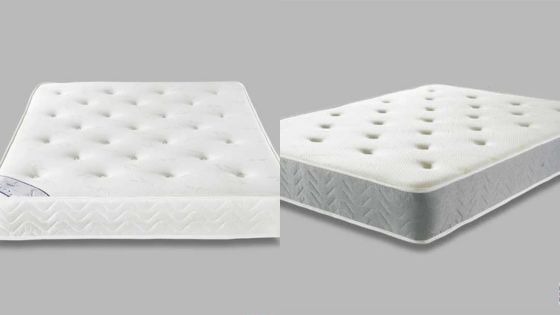A custom home can be designed and made the way you want it to be. You can make it energy-efficient as well without compromising the aesthetics. This will lower energy bills, reduce environmental impact, and offer personalized comfort.
You can start by using sustainable building materials. Use wood, raisin, rattan, bamboo, and recycled metal. Install energy-efficient windows, doors, solar systems, and use the latest technology which can be found at Portable Sun. Let more light come in and maximize indoor light with colored and reflective paint.
These are some simple ways you can easily follow. Have a careful read to get ideas about making your home stylish and energy-efficient.
How to Make Custom Home Energy-Efficient and Stylish?
You can transform your home into a stylish and energy-efficient space by following simple steps. Here are 8 effective ways you can follow:
1. Use Sustainable Building Materials
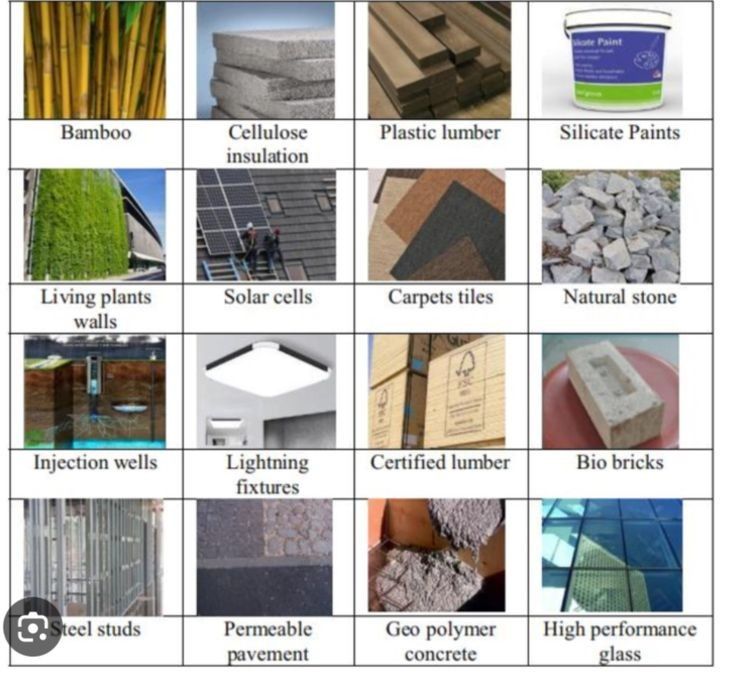
To make your home energy-efficient, you need to be strategic from the beginning. Start with using building materials. You can choose materials like bamboo, reclaimed wood, and recycled metal. These options reduce waste and lower carbon footprint.
Wood, bamboo, etc., are natural elements and also reusable. Wood is durable and environmentally friendly. It’s very convenient to build custom homes with these natural materials. You can expect them to last for several decades if built properly.
It does not emit any harmful chemicals or do any harm to the surrounding environment. And when it comes to aesthetics, wood is classic and creates a unique appearance. You can also have a beautiful and stylish house at an economic expense.
2. Install Energy-Efficient Windows
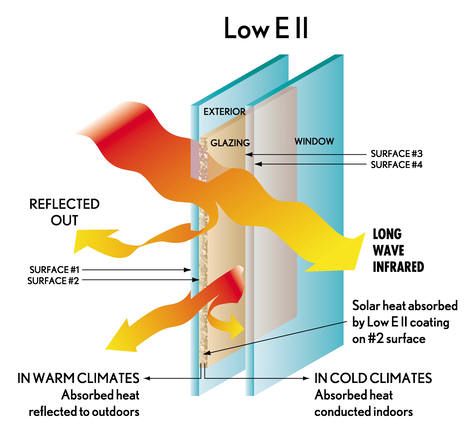
A huge amount of energy is spent on keeping the house well-lighted. Adding more windows with proper strategies can help reduce the cost. Studies show that you can reduce as much as 12% of your utility costs by upgrading your windows.
Energy-efficient windows have multiple glass panes filled with insulating gas. They also help maintain the indoor temperatures. This reduces the load on the HVAC system and reduces the cost. Here are some tips to improve the benefits of the windows:
- Place windows on south-facing walls to capture natural light and warmth.
- Use awnings to shade windows from direct summer sun
- Minimize windows on north-facing walls as it can increase heat loss
- Consider the climate of the area while choosing the windows.
3. Opt for Updated Appliances
When you are purchasing appliances, make sure you are buying the latest model. Whether it’s dryers, air conditioners, or heaters, always opt for updated ones. They come with advanced technologies that may need less energy and produce better service.
Check product descriptions carefully and find the most energy-saving ones. You can look for appliances with the Energy Star label. They meet strict energy efficiency guidelines. Advanced features, like smart sensors or eco modes, can further reduce energy consumption, making them a perfect complement to affordable Gexa Energy prices.
4. Insulate Room Walls, Roof, and Floors
Insulating homes can help both during summer and winter. In winter, it will reduce heat loss and keep the indoors warmer. You will have to use less energy to maintain the temperature. During summers, these insulations keep cool air inside and prevent the place from getting hot.
Insulation comes with a variety of interior finishes. You can choose from concrete blocks, blanket-batts and rolls, foam board, etc., along with other options. Adding insulation will also increase the property value and help you get a good price if you intend to sell.
5. Opt for Solar Power and Renewable Energy Sources
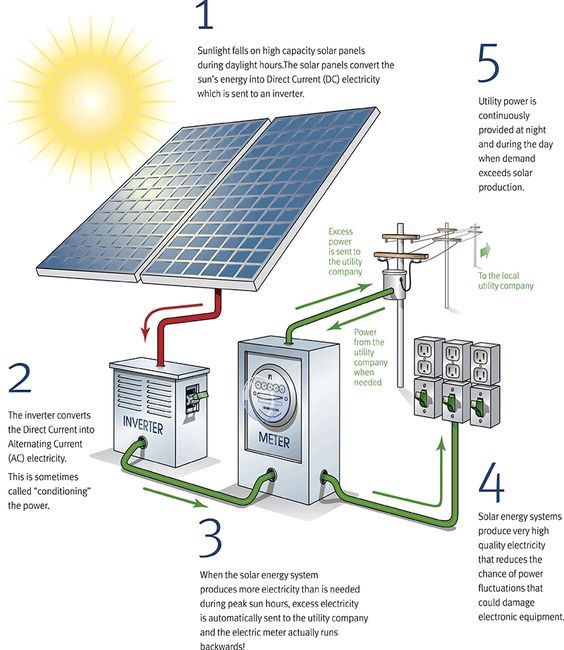
Solar power is a sustainable choice that produces energy using sunlight. It does not cause any harmful chemical reactions and is safe for the environment. Your dependency on the grid will be reduced, and so will the electricity bill.
You can also add a modern, eco-friendly design to your house with personalization. Some panels have customizable colors and shapes to match your home’s aesthetics. Their presence will bear the sign of you being environmentally conscious and forward-thinking.
6. Incorporate Smart Home Technology
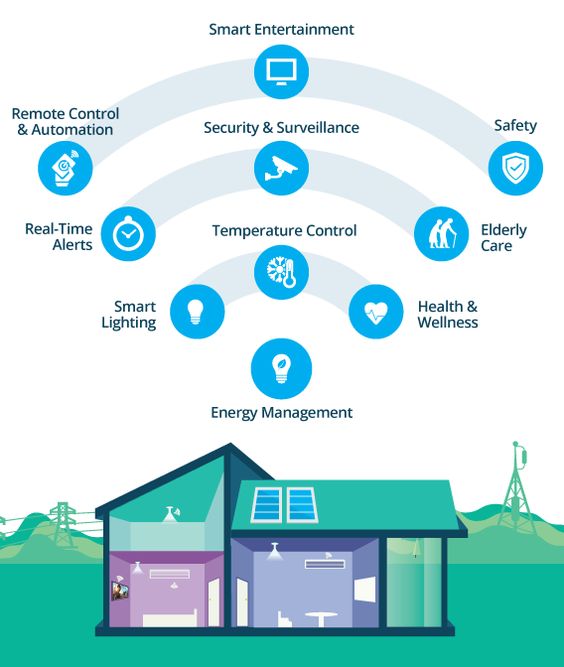
Modern technologies can help you save energy in various ways. Think about smart lights, for example. It will switch off itself on its own when no one is in the room. This reduces the risk of forgetting to do it by yourself. This also adds luxury and a touch of comfort to your space.
You can create a custom smart hub to maintain everything inside the house. This will also allow you to control these appliances from a remote place. If you forget to turn off the TV, you can do it through your mobile phone. Consider having some of the following technologies:
- Smart thermostat
- Lighting systems
- Plugs
- Power strips
- Security systems
- Window shades
- Appliances, such as refrigerators, washers, and ovens
- Smart water heaters, etc.
7. Maximize Natural Light and Ventilation
When designing your house, ask the designer to make it light-efficient. Add enough windows in the living spaces. Try to have them as big as possible. This will allow more lights to enter the house and, when kept open, more air. It will reduce your dependency on the air cooling systems.
You can also consider adding roof windows and keeping them open during summer. When you have enough natural ventilation, you won’t have to rely on other appliances for artificial light and air.
8. Use Light-Colored and Reflective Paints
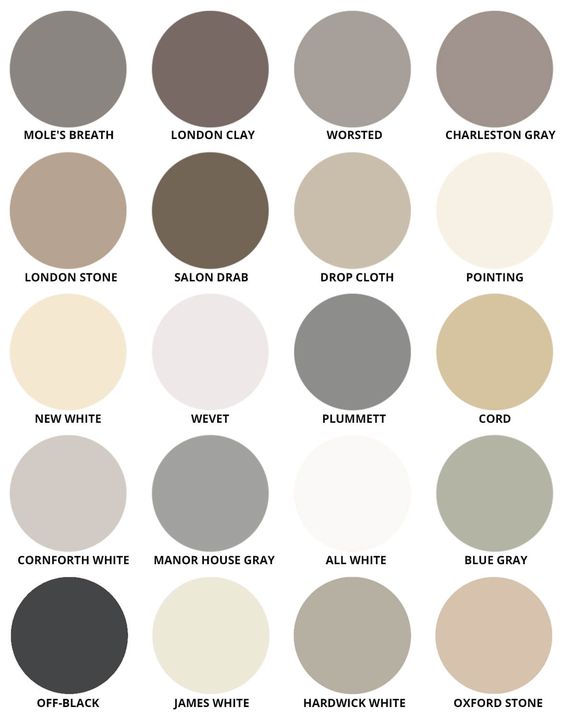
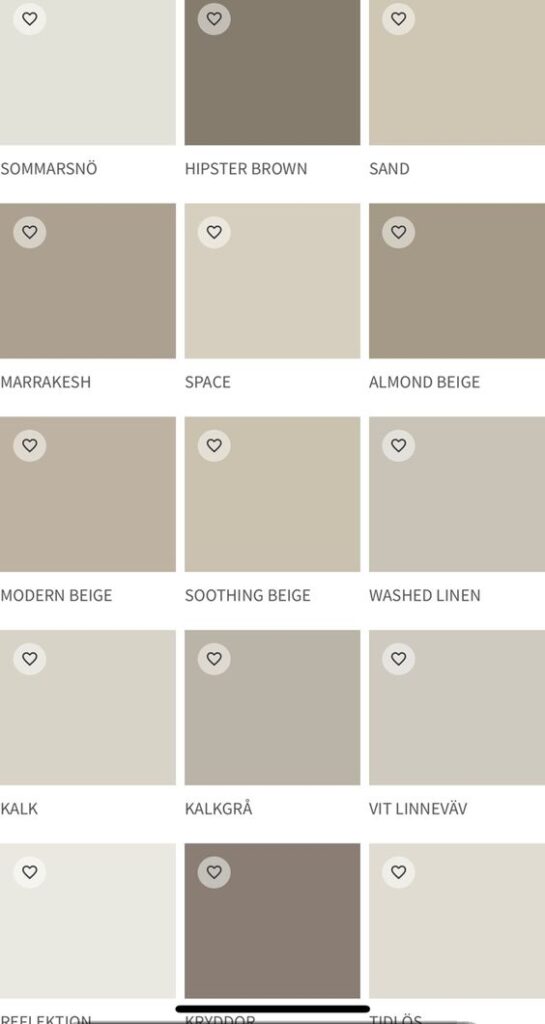
Though it’s your personal preference, painting light colors helps keep indoor space brighter. They don’t absorb much light like bright colors. Instead, they will reflect and make the room appear brighter and more lively. This also contributes to keeping indoor spaces cooler in warm weather.
You should discuss with residential interior painters first and let them know what you want. They can suggest the right colors to make your space more stylish and energy-efficient. Some common colors you can consider are:
- Soft white
- Pale blue
- Light gray
- Pasten gray
- Cream
- Lavender
- Beige, etc.
Final Thought
Modern times demand that you be sustainable in order to cope with modern life challenges. Implement some of the above-mentioned ideas, and you will get an energy-efficient and stylish house to live in with peace and fun.
- 28shares
- Facebook0
- Pinterest28
- Twitter0
- Reddit0

